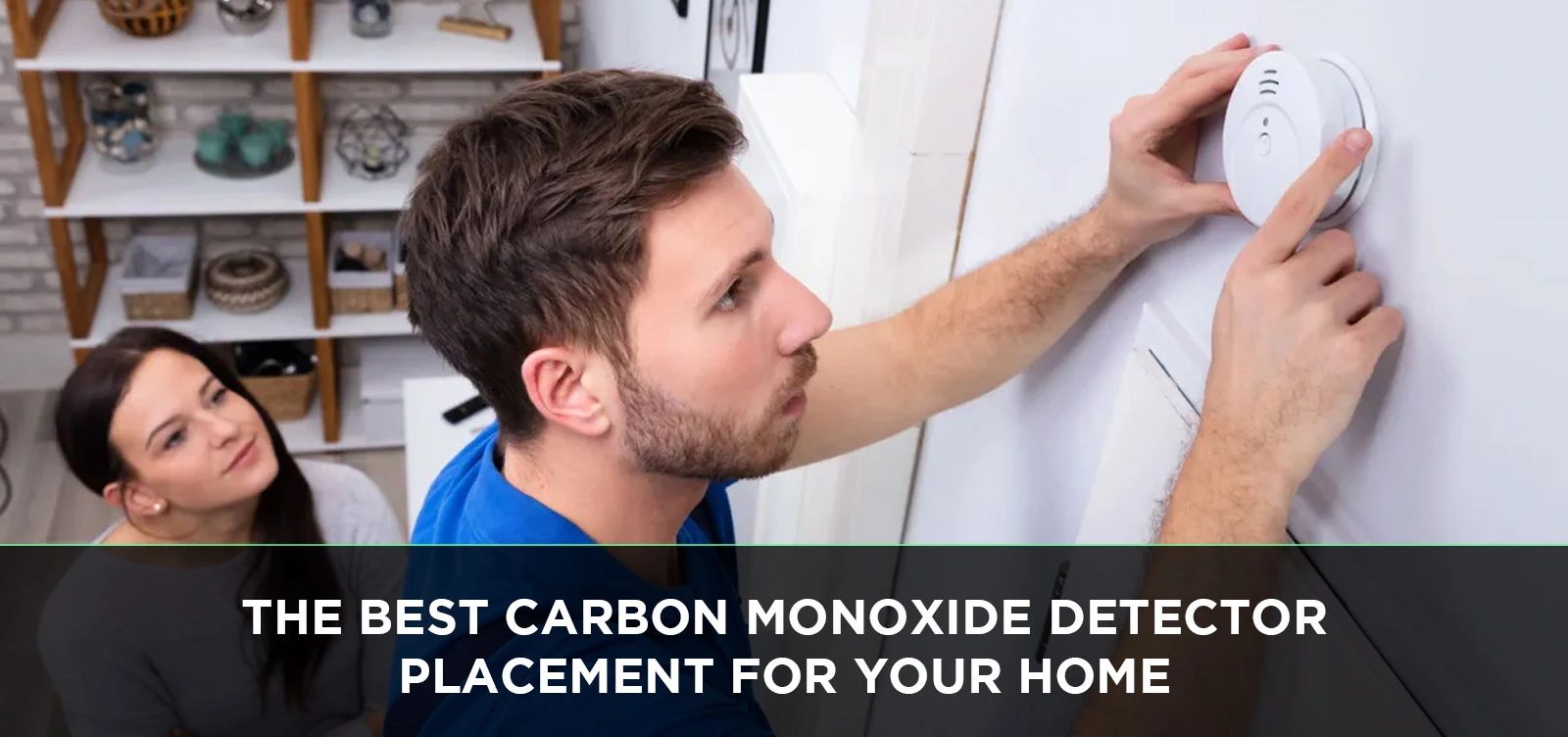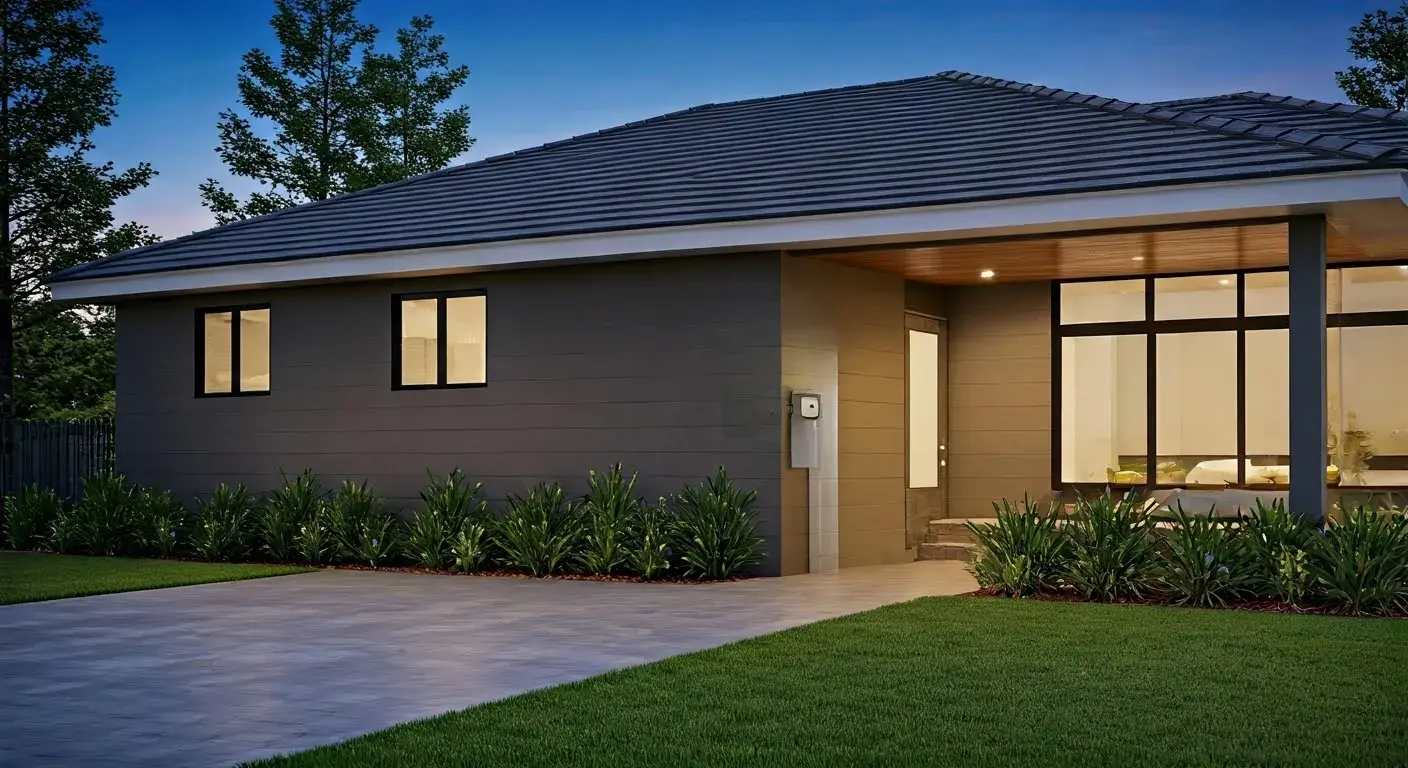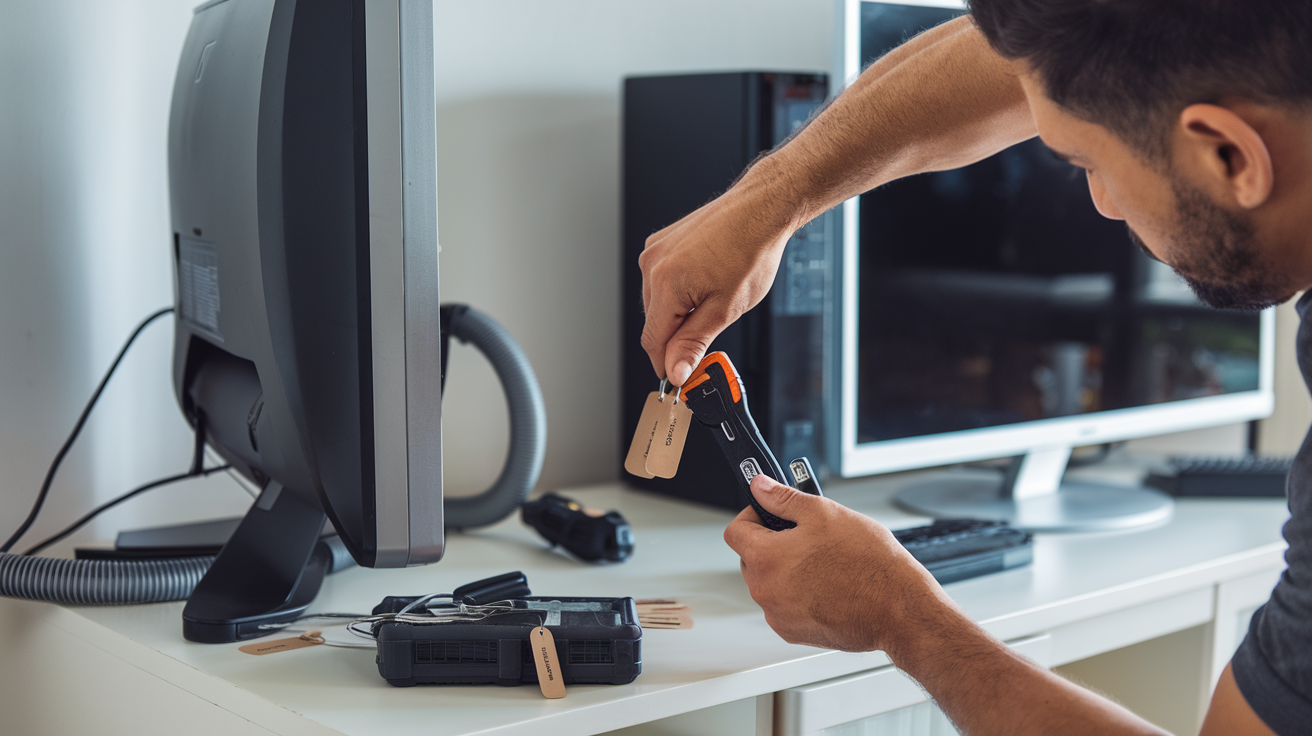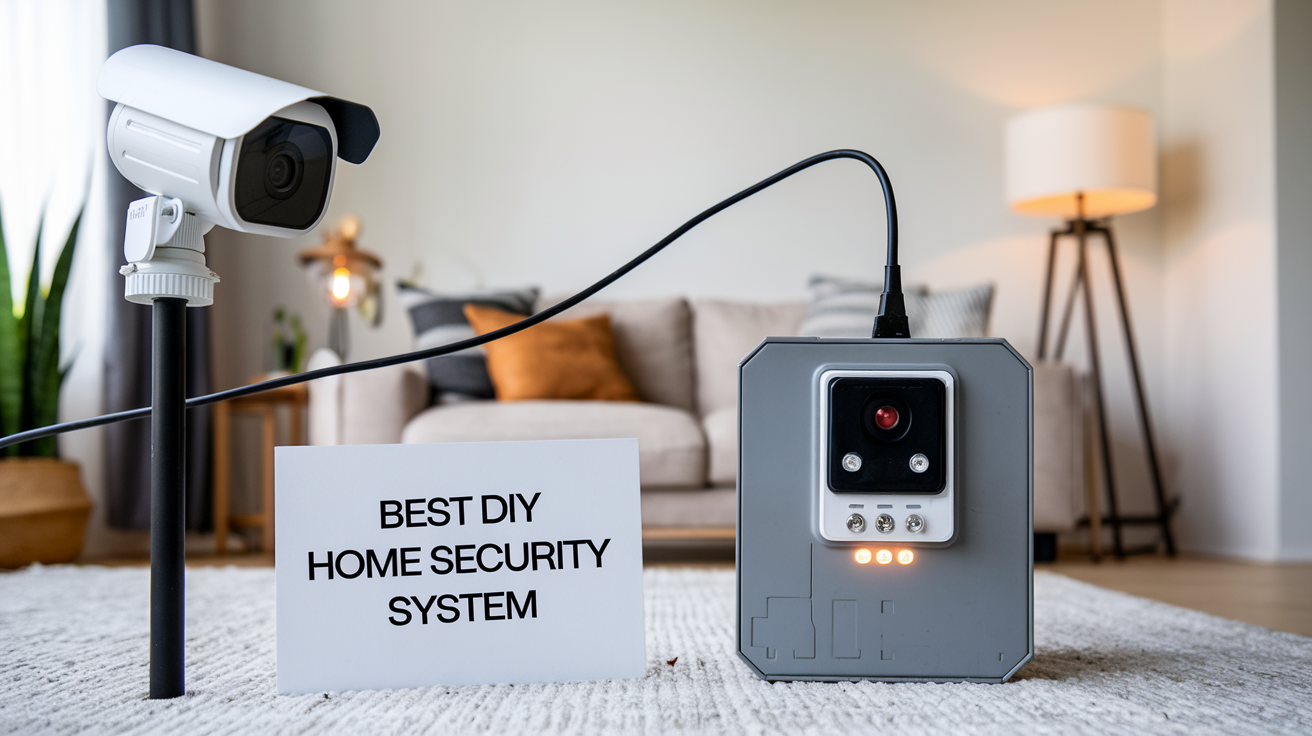Carbon monoxide (CO) is a colorless, odorless gas that can be extremely dangerous if not detected promptly. It is produced by the incomplete combustion of fuels such as gas, oil, and wood. Because it's impossible to detect through our senses, having carbon monoxide detectors in your home is crucial for your safety. However, the placement of these detectors plays a vital role in their effectiveness. In this article, we'll delve into the best practices for carbon monoxide detector placement to ensure the highest level of safety for you and your loved ones.
Introduction
Carbon monoxide poisoning can have severe health effects, including headaches, dizziness, nausea, confusion, and even death. Because it is often called the "silent killer," protecting your home with the right carbon monoxide detectors is a non-negotiable step.
Understanding Carbon Monoxide
Carbon monoxide is produced when fuels are burned incompletely. It can come from various sources in your home, including stoves, furnaces, water heaters, and vehicles idling in attached garages.
Importance of Proper Detector Placement
Proper placement of carbon monoxide detectors is crucial for detecting the gas promptly. Placing them strategically ensures that potential leaks are detected early, giving you ample time to react.
General Guidelines for Placement
1. Install at least one carbon monoxide detector on each level of your home.
2. Place detectors near sleeping areas to ensure you're alerted even when asleep.
3. Avoid installing detectors near windows, doors, and vents, as these areas might have drafts that could affect the detector's accuracy.
Specific Areas for Placement
1. Bedroom Areas
Place a detector in the hallway near the bedrooms, ensuring it's within 10 feet of each bedroom door.
2 Kitchen and Cooking Areas
Keep detectors away from cooking appliances to prevent false alarms. Instead, position them 10 feet away from the kitchen entrance.
3 Living Room and Common Spaces
Install a detector in the living room or common area, maintaining a distance of 15 feet from heating sources.
4 Basement and Garage
Place detectors near the entrance to your basement or attached garage. If you have multiple levels, install one on the basement ceiling.
5 Attic and Crawl Spaces
If these areas contain fuel-burning appliances or are connected to other living spaces, install a detector to ensure comprehensive coverage.
Placement Do's and Don'ts
Do: Place detectors at eye level, about 5 feet above the ground.
Do: Follow the manufacturer's guidelines for placement.
Don't: Install detectors in dusty, humid, or extremely cold areas.
Maintenance and Testing
Regularly test your carbon monoxide detectors to ensure they are functioning correctly. Change the batteries at least once a year and replace the detectors as recommended by the manufacturer.
Carbon Monoxide Detectors vs. Alarms
Detectors monitor CO levels over time and provide continuous readings, while alarms alert you when CO levels reach a certain threshold. It's recommended to have both for comprehensive protection.
Conclusion
Protecting your home and loved ones from the dangers of carbon monoxide starts with proper detector placement. By strategically installing detectors in key areas, you ensure timely detection and response to potential leaks. Keep your detectors well-maintained and follow manufacturer guidelines for optimal performance.
Call on (888) 805-5456 to install Carbon Monoxide Detector now!
FAQs
1. Can I install a carbon monoxide detector near a window?
It's best to avoid placing detectors near windows, as drafts could affect their accuracy. Instead, position them according to manufacturer guidelines.
2. Do I need both carbon monoxide detectors and alarms?
Yes, having both detectors and alarms is recommended for complete protection. Detectors offer continuous monitoring, while alarms notify you when CO levels are dangerous.
3. How often should I test my carbon monoxide detectors?
Test your detectors once a month and replace the batteries at least once a year. Follow the manufacturer's recommendations for testing and maintenance.
4. Can I place a carbon monoxide detector in my attic?
If your attic contains fuel-burning appliances or is connected to other living spaces, installing a detector is a good idea. Follow placement guidelines to ensure effective coverage.
5. Are there any signs that I'm being exposed to carbon monoxide?
Carbon monoxide is odorless and colorless, making it hard to detect without a detector. Symptoms of exposure include headaches, dizziness, nausea, and confusion. If you experience these, leave the area and seek fresh air immediately.






